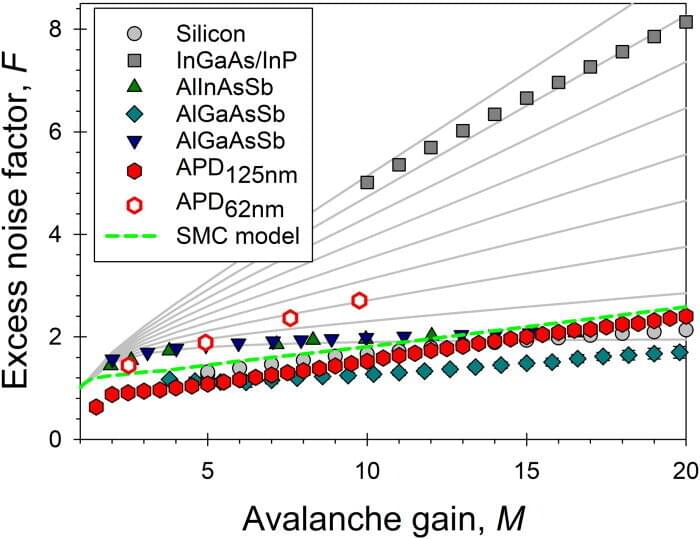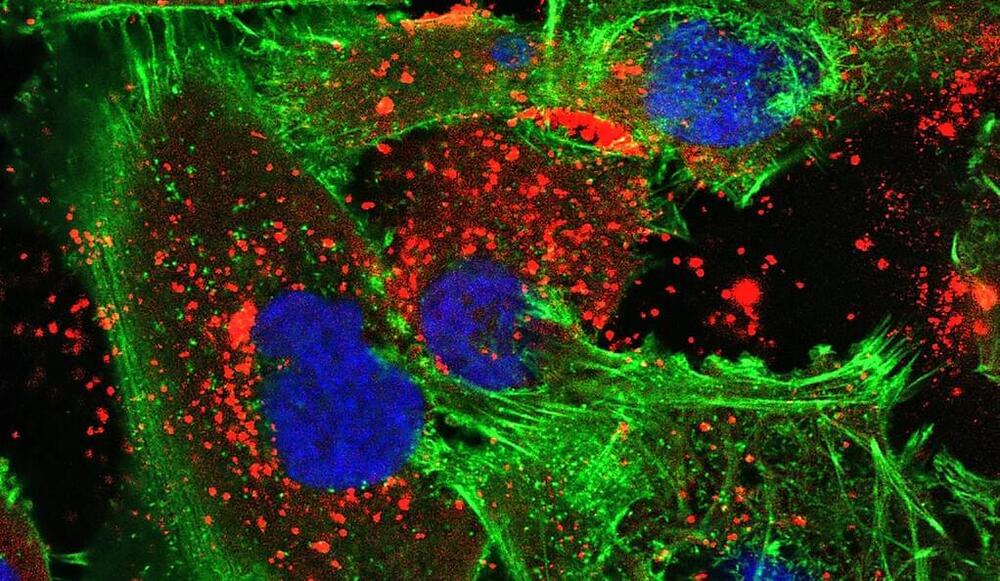Feb 11, 2023
Another tech giant paying millions to get out of office leases
Posted by Raphael Ramos in categories: finance, futurism
Google announced in last week’s earnings call that it would pay millions of dollars to consolidate office leases across the globe.
“In the first quarter of 2023, we expect to incur approximately $500 million of costs related to exiting leases to align our office space with our adjusted global headcount look,” Chief Financial Officer Ruth Porat said. “We will continue to optimize our real estate footprint.”
Many of the lease terminations will be in the Bay Area. “We’re ending leases for a number of unoccupied spaces, and will work to consolidate under-utilized spaces in the future,” Google spokesperson Ryan Lamont wrote SFGATE in an email. “Our campuses remain a cornerstone of our culture, but we’re working to ensure we invest in real estate efficiently and that our investments match the current and future needs of our hybrid workforce.”


















